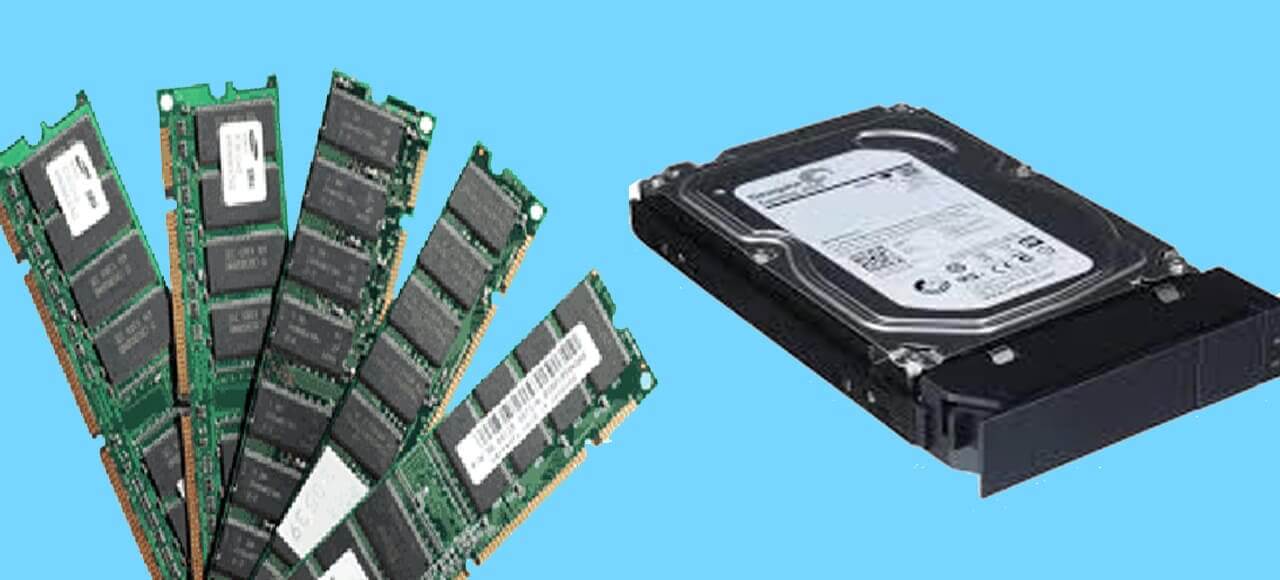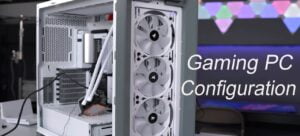Volatile and non volatile memory are two fundamentally different types of computer memory that serve distinct purposes and have significant differences in terms of data storage and behavior:
In this article I will discuss the differences between volatile and non volatile memory with examples.
Before going ahead lets learn about volatile and non volatile memory.
Volatile and non volatile memory
Here are the basics of volatile and non volatile memory;
Volatile Memory
Volatile memory is a type of computer memory that temporarily stores data and loses that data when the computer’s power is turned off or interrupted.
It is used to hold data that needs to be quickly accessible by the computer’s central processing unit (CPU) while the computer is running.
Volatile memory is characterized by its speed and ability to provide fast read and write access.
Here’s an example of volatile memory and its primary form:
RAM (Random Access Memory): RAM is the most common type of volatile memory in modern computers. It’s used to store data that the CPU is actively working with during program execution.
RAM is much faster than non-volatile storage like hard drives and SSDs, making it ideal for tasks that require quick data access.
- Example: When you open a web browser, the browser program and the web pages you visit are loaded into RAM. As long as the computer is powered on, you can access and interact with these programs and pages. However, when you shut down the computer or lose power, the data stored in RAM is lost, and the RAM is cleared.
Other examples of volatile memory include different types of CPU caches (e.g., L1, L2, L3 caches) and registers (e.g., general-purpose registers, program counter), but RAM is the most prominent and widely recognized example.
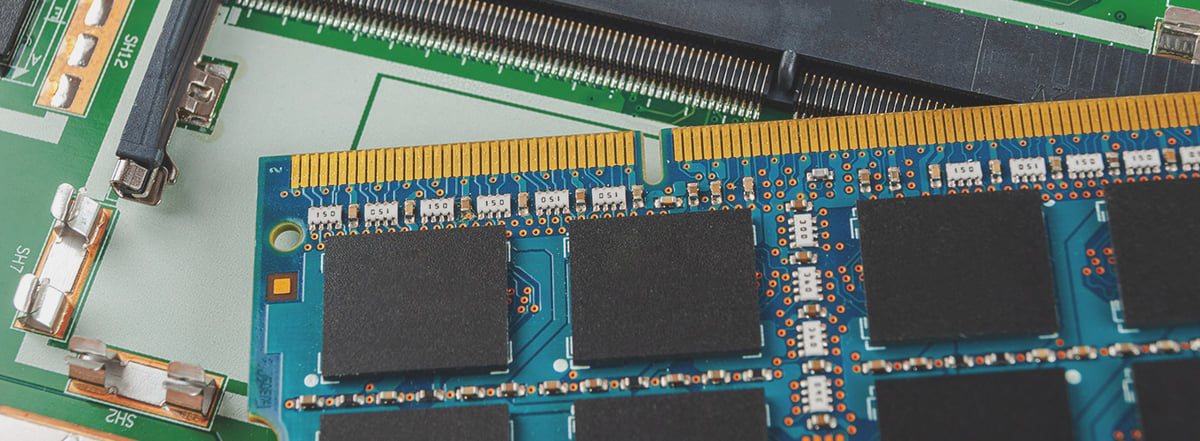
Now its time to discuss about non volatile memory.
Non volatile memory
Non-volatile memory is a type of computer memory that retains data even when the computer’s power is turned off or interrupted.
Unlike volatile memory, which loses data when power is removed, non-volatile memory is designed for long-term data storage and persistence.
It allows computers to store and retrieve data across power cycles and system reboots.
Examples of non volatile memories are hard disk drives (HDD), Solid State Drives (SSD), Flash Memory, ROM, Optical Storage Devices like CD, DVD etc.
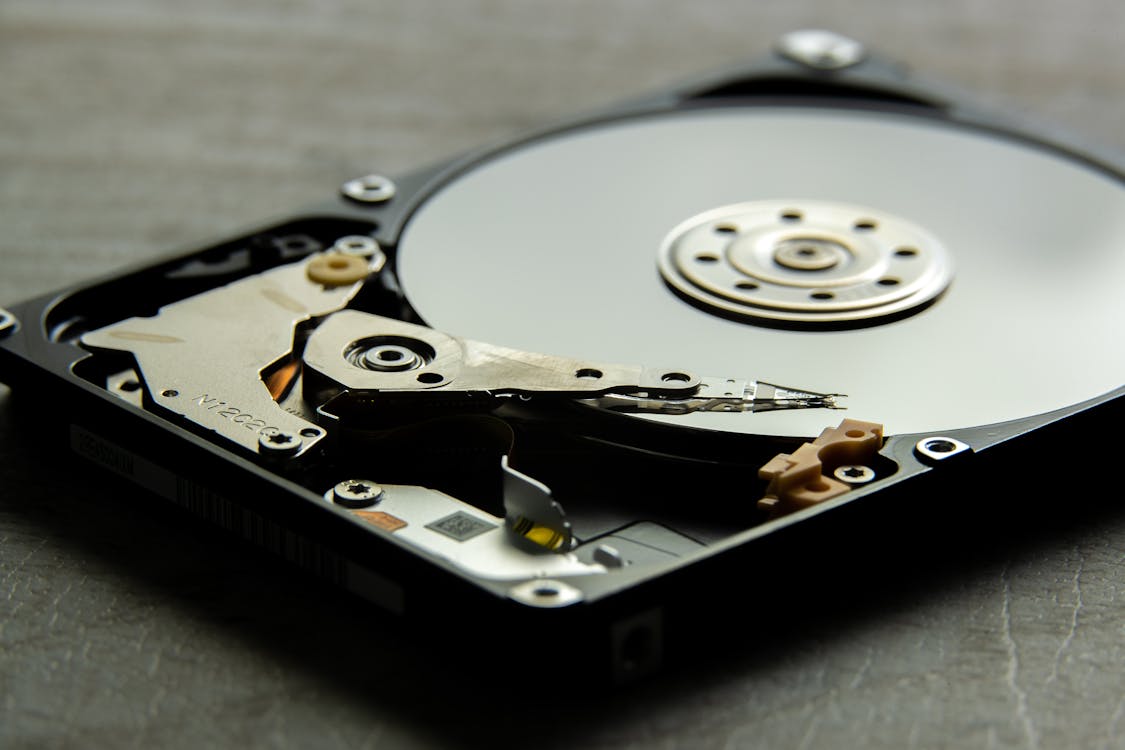
Non-volatile memory is essential for storing operating systems, applications, user data, and other information that should persist even when a computer is turned off or experiences power interruptions.
After learning the basics of volatile and non volatile memory, now we are ready to see the difference between volatile and non volatile memory.
Difference between volatile and non volatile memory
The main 6 difference between volatile memory and non volatile memory is given bellow.
Volatile Memory:
- Data Retention: Volatile memory loses its stored data when the power supply to the computer is turned off or interrupted. It is temporary storage.
- Speed: Volatile memory is typically faster in terms of data access and read/write operations compared to non-volatile memory. It provides quick, temporary storage for data that the CPU needs to work with.
- Examples: Common types of volatile memory include RAM (Random Access Memory) and CPU caches.
- Use: Volatile memory is primarily used for running programs, storing data that is actively being used by the computer, and providing working memory for the CPU.
- Data Type: It stores both data and program instructions temporarily.
- Data Persistence: Data stored in volatile memory is not persistent, meaning it does not survive a power cycle or system shutdown.
Non-Volatile Memory:
- Data Retention: Non-volatile memory retains its stored data even when the power supply is turned off or interrupted. It is permanent storage.
- Speed: Non-volatile memory is generally slower than volatile memory in terms of data access and read/write operations. It is not intended for frequent, high-speed data manipulation.
- Examples: Common types of non-volatile memory include hard disk drives (HDDs), solid-state drives (SSDs), flash memory, and optical storage (e.g., CDs, DVDs).
- Use: Non-volatile memory is used for long-term data storage and archiving. It is where files, operating systems, and programs are stored for retrieval between power cycles.
- Data Type: It stores files, documents, programs, and other data for long-term storage.
- Data Persistence: Data stored in non-volatile memory persists across power cycles and system reboots.
Difference between volatile and non volatile memory in a table
| Characteristics | Volatile Memory | Non Volatile Memory |
| Definition | Volatile memory is a type of memory which temporarily stores data and loses that data when the computer’s power is turned off or interrupted. | Non-volatile memory is a type of memory which retains data even when the computer’s power is turned off or interrupted. |
| Data Retention | They lose their stored data when the power supply to the computer is turned off or interrupted. | They retain their stored data even when the power supply is turned off or interrupted. |
| Speed | High speed | Low speed than volatile memory |
| Use | Running programs, storing data which is actively being used by the CPU. | Used for long-term data storage and archiving like operating systems, different application softwires, different files etc. |
| Stored Data Type | They stores both data and program instructions temporarily. | They stores files, documents, programs, and other data for long-term storage. |
| Data Persistence | Not persistent. | Persistent. |
| Examples | RAM (Random Access Memory) and CPU caches. | Hard disk drives (HDDs), solid-state drives (SSDs), flash memory, and optical storages like CDs, DVDs. |
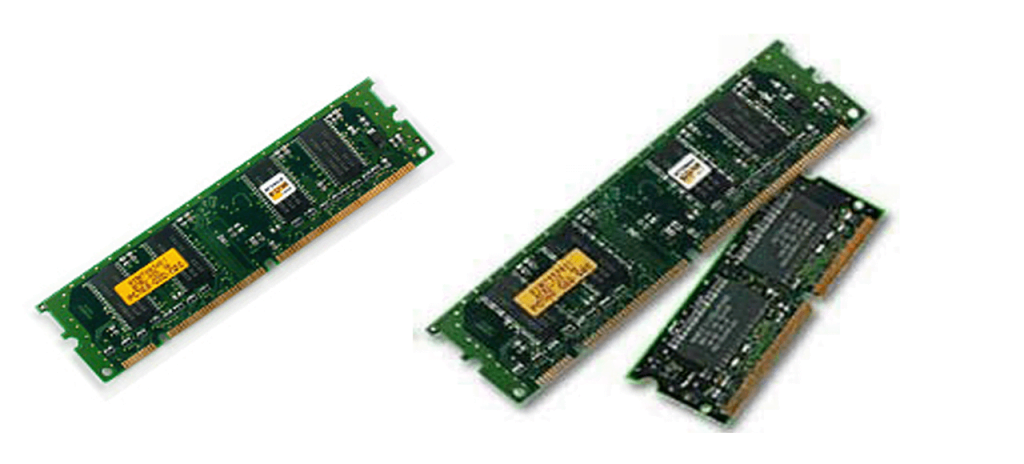
Final thoughts
In summary, there are a lot of differences between volatile and non volatile memory lies in their data retention characteristics.
Volatile memory is fast but temporary, losing its data when power is removed, while non-volatile memory is slower but retains data even when the power is off.
Each type of memory serves distinct roles in a computer system, with volatile memory supporting active computing tasks and non-volatile memory providing long-term data storage.
The combination of both types is essential for the proper functioning of modern computer systems.
However, I think you are now clear about the main differences between volatile and non volatile memory. If you have any opinion and experience the please share it bellow.
Recommended articles:
What is Cache Memory? 3 Main Types of Cache Memory
Types of computer memory | Primary storage devices & secondary storage devices
How to speed up your computer in 20 easiest way | Make your pc faster
Main 4 Functions Of A Computer
How a computer takes decision? Decision taking overview of computer
Top 50 computer science jobs in the world | CSE student job career

